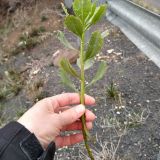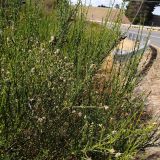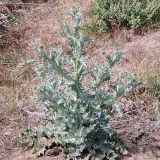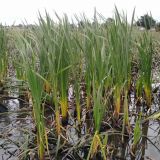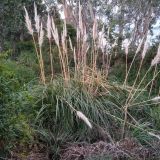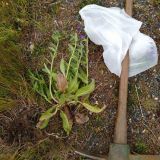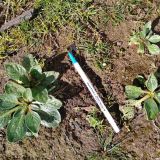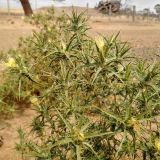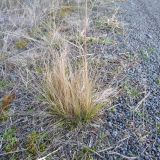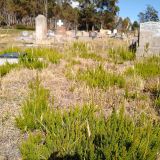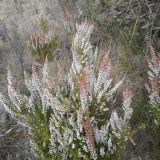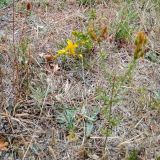Weed Management in the Southern Midlands
The Southern Midlands Weed Management Strategy aims to tackle weed management issues facing all landholders within the Southern Midlands Municipality.
Report a weed
We need your eyes on the ground to spot weeds! Use this form to report weeds in the Southern Midlands Municipality or if you need assistance in identifying a potential weed. Please provide a detailed description of the location, including any identifying features (i.e. power pole numbers, street address, description of nearby buildings). Weed management is prioritised according to the Southern Midlands Weed Management Strategy (SMWMS).
The Southern Midlands Weed Management Strategy
The Southern Midlands Weed Management Strategy aims to tackle weed management issues facing all landholders within the Southern Midlands Municipality.
The overall aim of the Southern Midlands Weeds Management Strategy is to ensure a coordinated cross land tenure approach to weed management, that is cost-effective and inclusive of all landowners.
There is information on how weed control actions are prioritised in the Strategy along with photos and a list of all declared weeds in the municipality. Council uses the SMWMS as a guide for prioritising on ground works on council managed roads and property.
Priority weeds for control in the Southern Midlands Municipality
View or download Priority Weeds for Control in the Southern Midlands
Detailed information on individual weed species, including control advice is available from the Department of Primary Industries, Parks, Water and Environment. https://dpipwe.tas.gov.au/invasive-species/weeds
Some high priority weeds for control in Southern Midlands are (but not limited to):
- Boneseed (Chrysanthemoides monilifera)
- Chilean needle grass (Nasella neesiana)
- Cotton thistle (Onopordum acanthium)
- Nodding thistle (Carduus nutans)
- Pampas (Cortaderia sp.)
- Ragwort (Senecio jacobaea)
- Saffron thistle (Carthamus Ianatus)
- Serrated tussock (Nasella trichotoma)
- Spanish heath (Erica lusitanica)
- St John’s wort (Hypericum perforatum)
- Paterson’s curse (Echium plantagineum)
Photos of priority weed species in the Southern Midlands
-
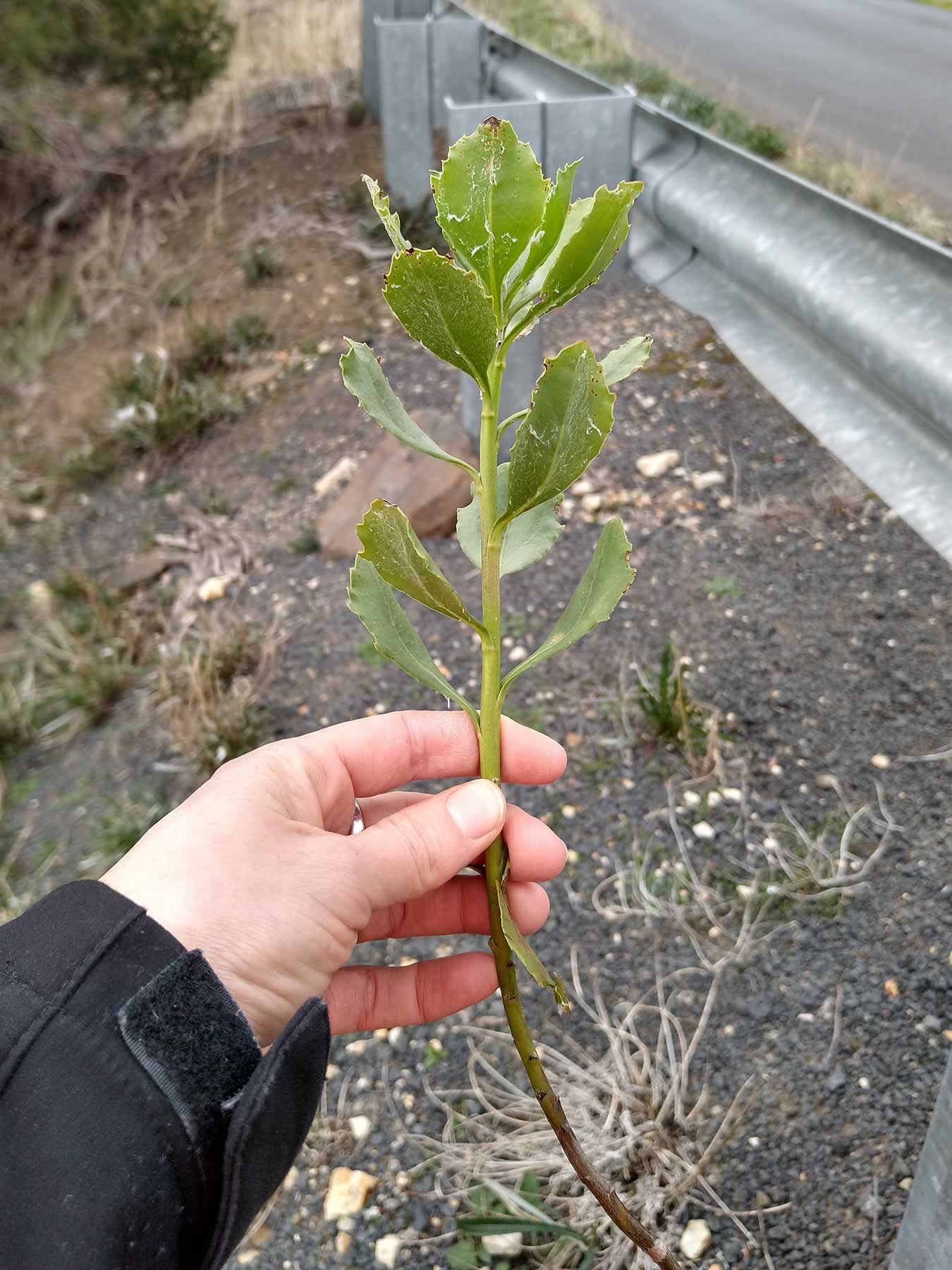
Boneseed (Chrysanthemoides monilifera) seedling removed from a roadside.
-
Boneseed (Chrysanthemoides monilifera) seedling removed from a roadside.
-
Broom.
-
Cotton thistle (Onopordum acanthium).
-
Cumbungi (Typha latifolia) before removal from Lake Dulverton.
-
Pampas (Cortaderia species).
-
Paterson’s curse (Echium plantagineum) dug out from roadside.
-
Paterson’s curse (Echium plantagineum) rosettes.
-
Saffron thistle (Carthamus Ianatus) in flower.
-
Serrated tussock (Nasella trichotoma) on roadside.
-
Spanish heath (Erica lusitanica) bushes that have been mowed forming dense low growing bushes.
-
Spanish heath (Erica lusitanica) in flower.
-
St John’s wort (Hypericum perforatum) flowering on roadside.
Building, using earthmoving equipment or purchasing property in the municipality?
It is important you are aware of the presence of any declared weeds on your property, particularly if you are undertaking earthworks. Landowners have responsibilities under the Weed Management Act 1999 to prevent spread or any weeds. It is also important to prevent weed problems and ensure you don’t bring any weeds onto your property. The Weed and Disease Planning and Hygiene Guidelines provide information on how to prevent weed spread in these situations and what legislation and permits you may need.
Vacant land
Vacant land, particularly where there is a history of soil disturbance (old house site, road or vegetation clearance) are common sites for weeds to establish. Please familiarise yourself with the priority weeds of the Southern Midlands and take note of the vegetation on your property. Ensuring your contact details are up to date with council will mean you can undertake prompt control if notified of weed issues.
Weeds and farming
Farmers play an important part in preventing weed spread in the Southern Midlands, with much land in the municipality used for agricultural production. The following strategies can be used to prevent weeds from spreading on and from your property.
- Buy weed free plant material.
- Keep vehicles and machinery clean
- Create containment areas/ quarantine imported livestock.
The NRM South Farm Biosecurity Planning Guide provides further information on managing farm biosecurity.



